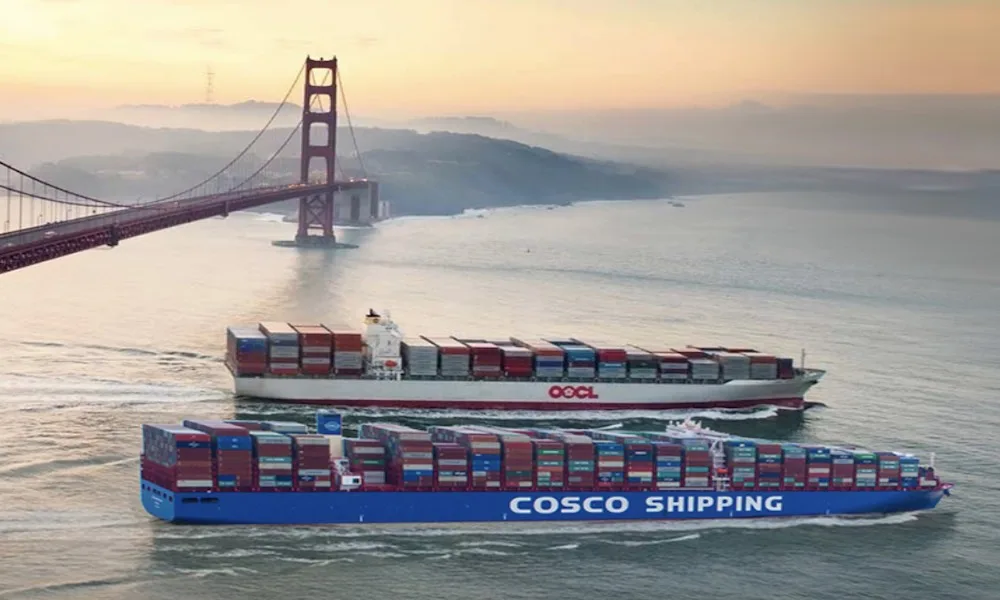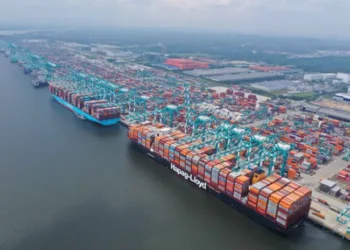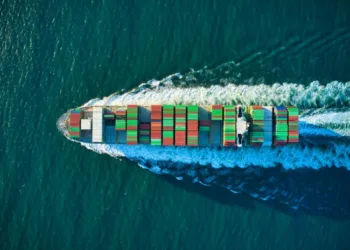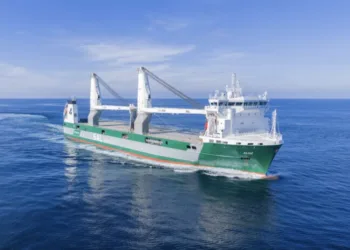Sagitta Marine managing director Thomas Zaidman on what happens if fair and unimpeded port access becomes a tool of trade policy.
After decades lying in the long grass, geopolitical forces have re-emerged as a key operational risk. This is not to say that politicians especially target shipping and vessel operators as a policy tool; most have only a very limited idea of its size, scale and importance to the global economy.
True, sanctions hit shipping, but until recently, the impact has been a secondary effect, focusing mostly on the companies carrying specific cargoes and the personnel who lead them. The regional conflicts of the last three years have changed all that, with financial penalties hitting tonnage operators as well as commodity producers and importers.
Away from the real battlefield, the ongoing trade tensions between the US and China and others also have their weapons, targets and victims.
The USTR port fees levied by the US on China-built or controlled ships – and their tit-for-tat counterparts – are viewed with typical industry pragmatism as a short-term problem to be navigated; a cost to be passed on or swallowed.
One doesn’t have to be the most pessimistic voice in the room to observe that it is possible to see the fees as the first shot in a bigger war, a potential precursor to broader weaponisation of the maritime sector.
The industry’s unique approach to global regulation has long given it a pass where the impacts on the ability to trade are concerned. As a somewhat ‘extra-jurisdictional’ business, it has preferred to get on with things without much attention to the risk of disruption.
Perhaps the most surprising aspect of the new trade war is how resilient shipping supply chains have been, but there is no guarantee that this will continue to be the case.
If fair and unimpeded port access becomes a tool of trade policy rather than supply and demand, the implications are far more serious than some additional costs. If a portion of the fleet – and a large one if we consider China-built hulls – faces discrimination in terms of berth availability, then the impact, if prolonged, would be severe.
This need not only be in primary or mainlane trades. If selective port access becomes policy rather than market-driven, the result would be a systemic shock — if not a crisis, then something uncomfortably close.
In a worst-case scenario, the effect on global fleet liquidity would be effectively to put a section of the global fleet beyond use, out of the market and forced to seek layup for lack of opportunity. That change in fleet dynamics could have a seismic impact not just on capacity but on ship values, finance and the insurance markets too.
This underlines the importance of incorporating geopolitical premiums into fleet allocation and chartering strategies. On a more prosaic level, the tens of thousands of vendors and suppliers which owe their existence to the global fleet could see their customer base shrink and perhaps disappear.
It has become a maxim of this new world order that disruption is a commonplace and that the costs, not of compliance but of navigating change, will continue to rise. Whether it makes for a good headline depends largely on the location from which you are reading it.
As the rules-based trading environment changes, perhaps forever, the maritime industry must adapt its risk frameworks rather than wait for political clarity.
Shipping has successfully navigated all manner of risk over the last 80 years, but a more direct impact on its day-to-day operations it would make the economic reversals and fragmentation of that period look like small beer by comparison to what comes next.
Does this have to happen? Of course not: the ability to change course is always at hand, even in congested waters.
Perhaps it will prove the impetus for the industry to become much more vocal, more participatory and more assertive in advocating more effectively for its operational integrity and the safety of its people, rather than relying on governments, whose priorities have changed for good.






















